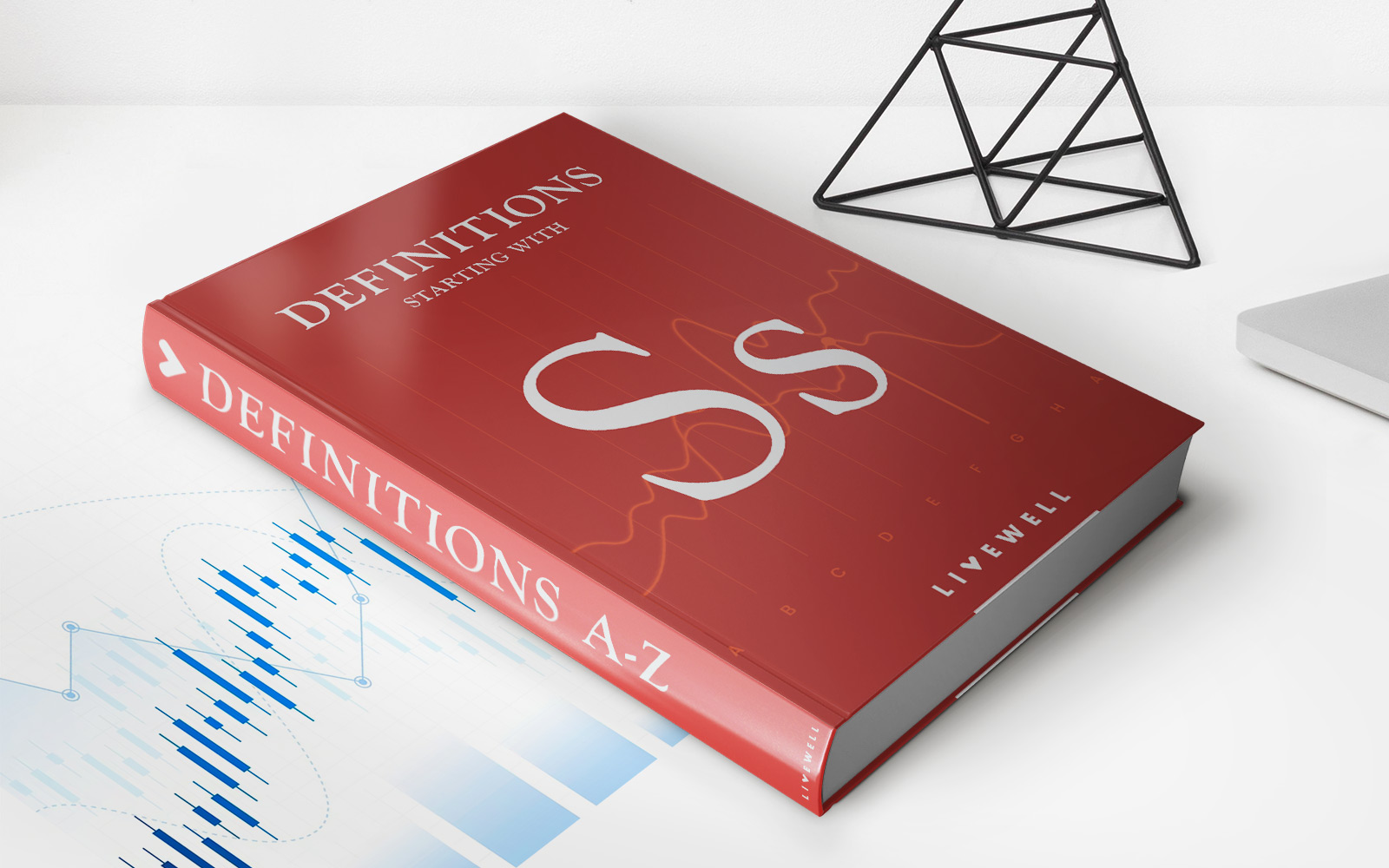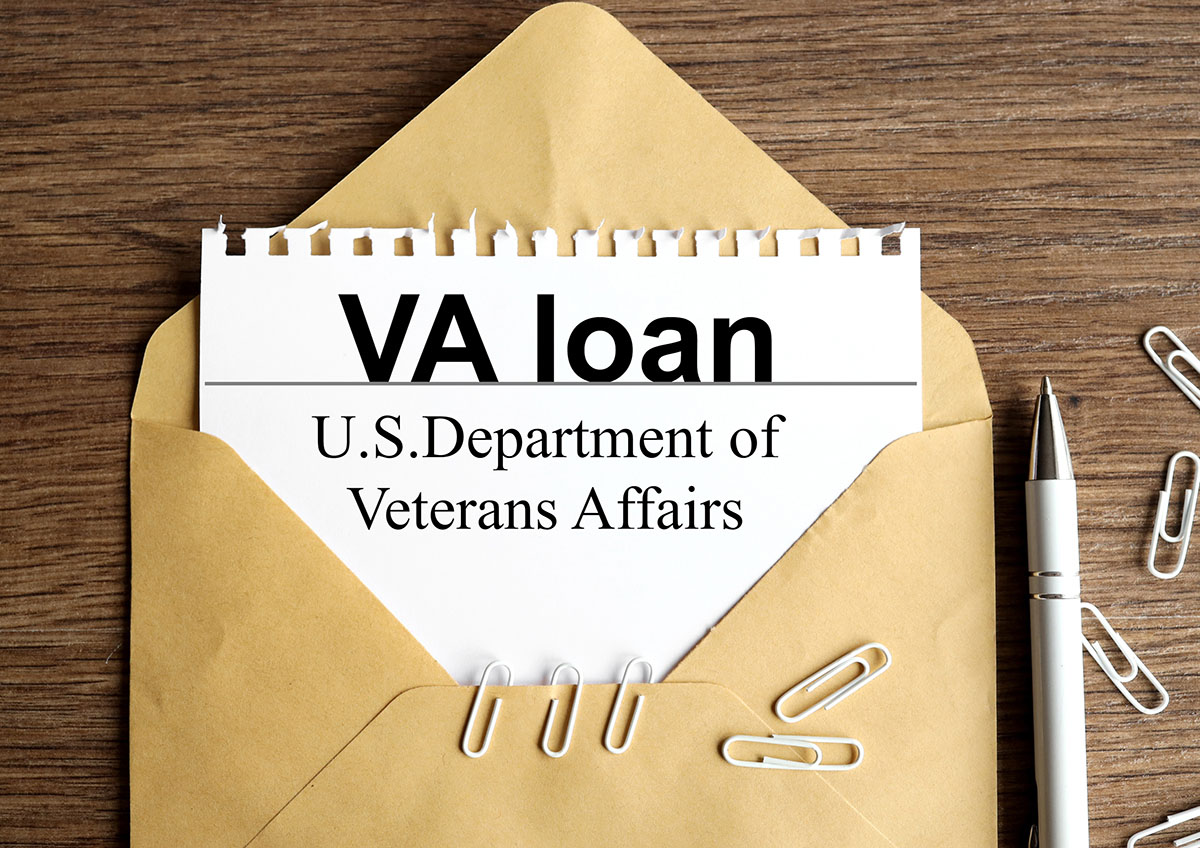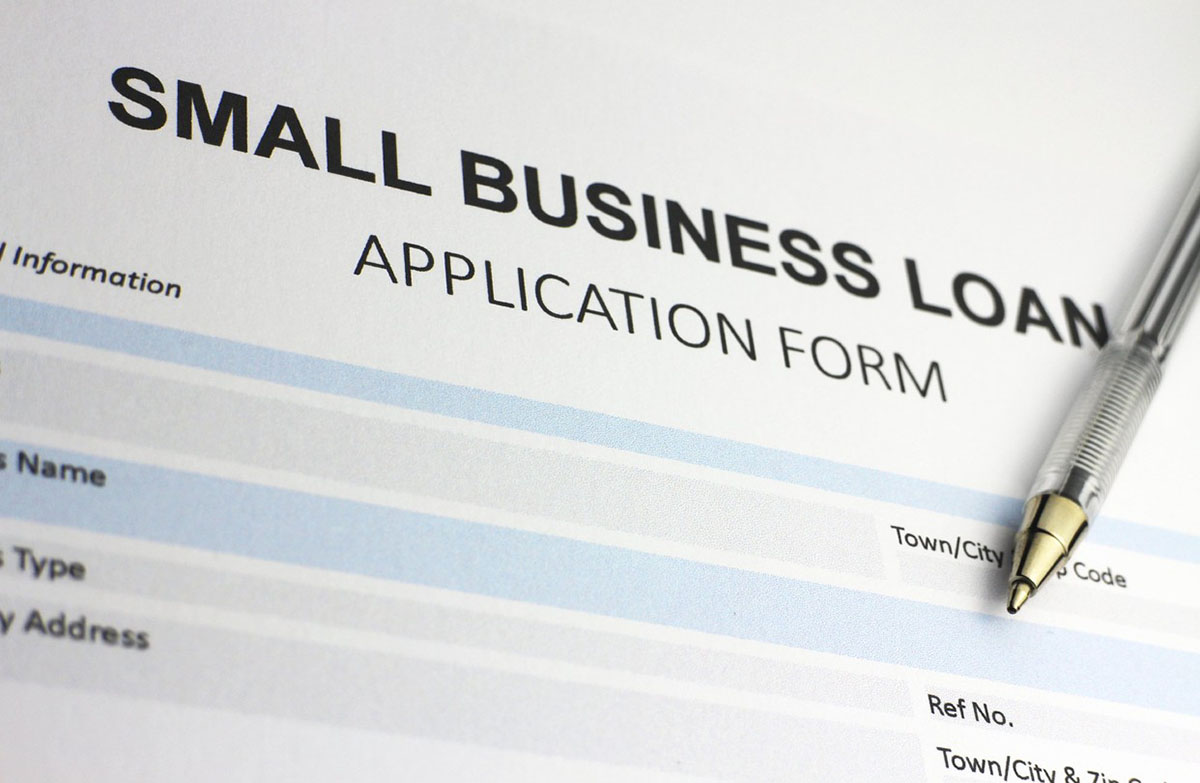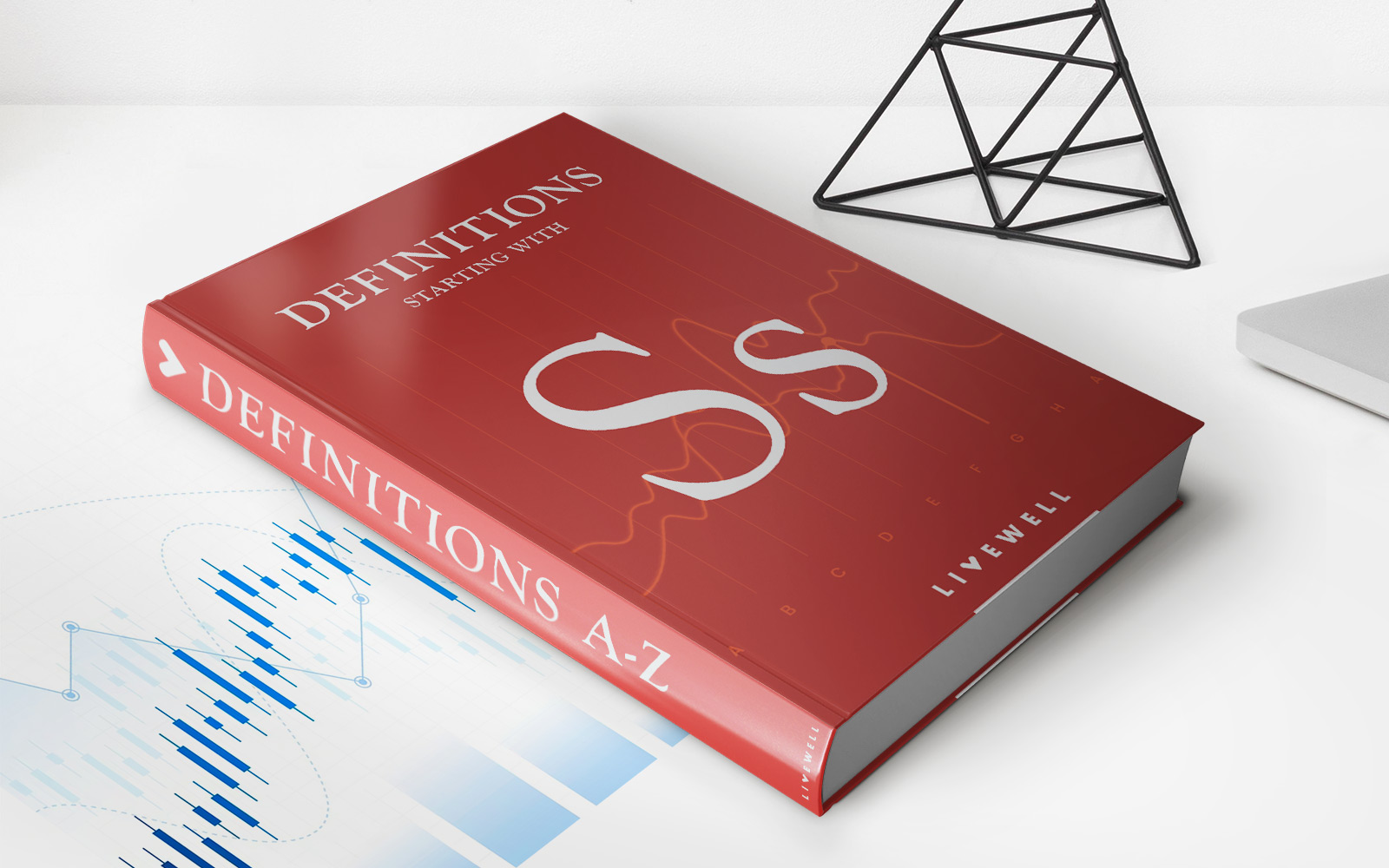

Finance
How To Apply For Unsubsidized Stafford Loans
Published: February 17, 2024
Learn how to apply for unsubsidized Stafford loans to finance your education. Find out the eligibility requirements and application process for these loans.
(Many of the links in this article redirect to a specific reviewed product. Your purchase of these products through affiliate links helps to generate commission for LiveWell, at no extra cost. Learn more)
Table of Contents
Introduction
Unsubsidized Stafford Loans offer a valuable financial resource for students pursuing higher education. These loans provide a means to cover educational expenses, including tuition, books, and living costs, without requiring a cosigner or credit check. Unlike subsidized loans, the interest on unsubsidized Stafford Loans begins accruing from the date of disbursement, making it essential for borrowers to understand the implications of this financial aid option.
When considering how to apply for unsubsidized Stafford Loans, it's crucial to comprehend the eligibility criteria, application process, and repayment options. This comprehensive guide aims to provide a detailed overview of unsubsidized Stafford Loans, empowering students to make informed decisions about their educational financing. From eligibility requirements to navigating the application process, this article will equip readers with the knowledge needed to pursue unsubsidized Stafford Loans confidently.
Understanding the nuances of unsubsidized Stafford Loans is pivotal for students as they navigate the complexities of financing their education. With the rising costs of higher education, these loans can serve as a vital tool in bridging the financial gap and realizing academic aspirations. As we delve into the intricacies of unsubsidized Stafford Loans, it's essential to grasp the eligibility prerequisites, application procedures, and the implications of repayment. By demystifying these aspects, this guide aims to streamline the process of acquiring unsubsidized Stafford Loans and shed light on the responsibilities associated with this form of financial aid.
Ultimately, the goal of this article is to provide a comprehensive understanding of unsubsidized Stafford Loans, enabling students to approach their educational financing with confidence and clarity. By exploring the eligibility requirements, application process, and repayment options, readers will gain valuable insights into leveraging unsubsidized Stafford Loans effectively to support their academic pursuits.
Understanding Unsubsidized Stafford Loans
Unsubsidized Stafford Loans, a type of federal student loan, are designed to assist students in covering the costs of higher education. Unlike subsidized loans, the interest on unsubsidized Stafford Loans begins accruing from the moment the loan is disbursed. This means that borrowers are responsible for the interest that accumulates while they are in school, during the grace period after leaving school, and throughout any deferment periods.
One of the key benefits of unsubsidized Stafford Loans is that they are available to both undergraduate and graduate students, offering a flexible financing option for individuals pursuing various levels of education. Additionally, the loan amount is not based on financial need, making it accessible to a broader range of students. However, it’s important to note that there are limits on the maximum amount that a student can borrow, which varies depending on their academic level and dependency status.
Understanding the distinction between subsidized and unsubsidized loans is crucial for students evaluating their financial aid options. While subsidized loans are awarded based on financial need and do not accrue interest while the borrower is in school at least half-time, unsubsidized loans are available to a wider pool of students but begin accruing interest immediately.
As students navigate the landscape of higher education financing, it’s essential to comprehend the implications of opting for unsubsidized Stafford Loans. By grasping the nuances of interest accrual and loan limits, borrowers can make informed decisions about their educational funding. The next section will delve into the eligibility requirements for unsubsidized Stafford Loans, shedding light on the criteria that students must meet to qualify for this form of financial aid.
Eligibility Requirements
Before applying for unsubsidized Stafford Loans, it’s essential for students to understand the eligibility criteria set forth by the federal government. To qualify for these loans, students must be enrolled at least half-time in a degree or certificate program at an eligible institution. Additionally, borrowers must meet the general eligibility requirements for federal student aid, which include maintaining satisfactory academic progress and being a U.S. citizen, a U.S. national, or an eligible non-citizen.
Unlike certain private loans, unsubsidized Stafford Loans do not require a credit check or a cosigner, making them accessible to a wide range of students. However, it’s important to note that male students must be registered with the Selective Service System to receive federal student aid. Furthermore, students with prior drug convictions may face limitations on their eligibility for federal student aid, including unsubsidized Stafford Loans.
Another crucial aspect of eligibility for unsubsidized Stafford Loans is the completion of the Free Application for Federal Student Aid (FAFSA). This form is used to determine a student’s eligibility for various forms of financial aid, including federal grants, work-study opportunities, and loans. By completing the FAFSA, students provide the necessary financial information for the government to assess their eligibility for unsubsidized Stafford Loans and other forms of federal student aid.
Understanding the eligibility requirements for unsubsidized Stafford Loans empowers students to assess their suitability for this form of financial aid. By meeting the criteria outlined by the federal government and completing the FAFSA, students can position themselves to leverage unsubsidized Stafford Loans as part of their overall financial aid package. The subsequent section will delve into the application process for unsubsidized Stafford Loans, providing insights into the steps involved in securing this form of financial assistance.
Applying for Unsubsidized Stafford Loans
The process of applying for unsubsidized Stafford Loans begins with completing the Free Application for Federal Student Aid (FAFSA). This crucial form serves as the gateway to various forms of federal financial aid, including unsubsidized Stafford Loans. Students are required to provide detailed information about their financial circumstances, including their family’s income and assets, to determine their eligibility for federal student aid.
Upon completing the FAFSA, students will receive a Student Aid Report (SAR) outlining their Expected Family Contribution (EFC) and summarizing the information provided on the FAFSA. The EFC plays a pivotal role in determining the types and amounts of financial aid for which a student qualifies. It’s important to note that the SAR is sent to the schools listed on the FAFSA, enabling them to assess the student’s eligibility for various forms of financial aid, including unsubsidized Stafford Loans.
Once a student’s eligibility for unsubsidized Stafford Loans is confirmed, the school’s financial aid office will provide details about the loan amount for which the student is eligible. It’s crucial for students to carefully review and consider the offered loan amount, ensuring that it aligns with their financial needs and academic expenses. If the student chooses to accept the loan, they will be required to complete a Master Promissory Note (MPN), a legal document outlining the terms and conditions of the loan.
Upon completing the MPN, the student will receive information about loan counseling, which provides essential insights into loan repayment, rights, and responsibilities. This counseling aims to equip borrowers with the knowledge needed to manage their loans effectively and make informed financial decisions throughout their academic journey. By completing these steps, students can secure unsubsidized Stafford Loans as part of their comprehensive financial aid package.
Understanding the application process for unsubsidized Stafford Loans is pivotal for students seeking to finance their higher education. By navigating the FAFSA, reviewing the SAR, and completing the necessary documentation, students can access this valuable form of federal student aid. The subsequent section will explore the repayment options and interest rates associated with unsubsidized Stafford Loans, shedding light on the financial implications of this form of educational financing.
Repayment Options and Interest Rates
Upon graduating, leaving school, or dropping below half-time enrollment, borrowers of unsubsidized Stafford Loans enter the repayment phase. It’s essential for students to familiarize themselves with the various repayment options available, ensuring that they can manage their loan obligations effectively.
One of the primary repayment options for unsubsidized Stafford Loans is the standard repayment plan, which involves fixed monthly payments over a period of 10 years. This option is ideal for borrowers aiming to repay their loans efficiently while minimizing the total interest paid over the loan term. Additionally, graduated and extended repayment plans offer increased flexibility, allowing for lower initial payments that gradually increase over time, or an extended repayment period of up to 25 years, respectively.
For borrowers facing financial challenges, income-driven repayment plans provide relief by capping monthly payments at a percentage of the borrower’s discretionary income. These plans, including Income-Based Repayment (IBR), Pay As You Earn (PAYE), Revised Pay As You Earn (REPAYE), and Income-Contingent Repayment (ICR), offer tailored solutions based on the borrower’s financial circumstances.
Understanding the interest rates associated with unsubsidized Stafford Loans is crucial for borrowers as they navigate the repayment phase. The interest rates for these loans are fixed and are determined by Congress, remaining consistent throughout the life of the loan. It’s important to note that interest begins accruing from the disbursement of the loan and continues to accumulate during the repayment period.
By comprehending the various repayment options and interest rates, borrowers can make informed decisions about managing their unsubsidized Stafford Loans effectively. Exploring the available plans and understanding the implications of interest accrual empowers borrowers to navigate the repayment phase with confidence, ensuring that they can fulfill their loan obligations while maintaining financial stability.
As students consider their educational financing options, it’s essential to weigh the long-term implications of unsubsidized Stafford Loans, including the responsibilities associated with repayment. By understanding the repayment options and interest rates, borrowers can approach their loan obligations strategically, leveraging the available resources to achieve financial success beyond their academic pursuits.
Conclusion
Unsubsidized Stafford Loans serve as a valuable resource for students pursuing higher education, offering a means to bridge the financial gap and realize academic aspirations. By understanding the nuances of these federal student loans, students can navigate the complexities of educational financing with confidence and clarity.
From comprehending the eligibility requirements to navigating the application process, this guide has provided insights into leveraging unsubsidized Stafford Loans effectively. By meeting the criteria set forth by the federal government and completing the Free Application for Federal Student Aid (FAFSA), students can position themselves to access this form of financial aid as part of a comprehensive funding package.
As borrowers transition into the repayment phase, it’s crucial for them to explore the available repayment options and understand the fixed interest rates associated with unsubsidized Stafford Loans. By familiarizing themselves with the standard, graduated, extended, and income-driven repayment plans, borrowers can tailor their approach to loan repayment based on their financial circumstances and long-term goals.
Ultimately, the journey of applying for and repaying unsubsidized Stafford Loans is an integral part of the broader educational experience. By equipping themselves with the necessary knowledge and understanding the responsibilities associated with these loans, students can make informed decisions about their financial future while pursuing their academic endeavors.
As students embark on their educational journey, it’s essential to approach the process of acquiring and managing unsubsidized Stafford Loans with diligence and foresight. By leveraging these federal student loans effectively, students can pursue their educational goals while laying the groundwork for a stable financial future.
In conclusion, the insights provided in this guide aim to empower students to make informed decisions about unsubsidized Stafford Loans, ensuring that they can access the necessary financial resources to support their academic pursuits. By embracing this knowledge, students can embark on their educational journey with confidence, equipped to navigate the intricacies of educational financing and achieve success in their chosen fields.














